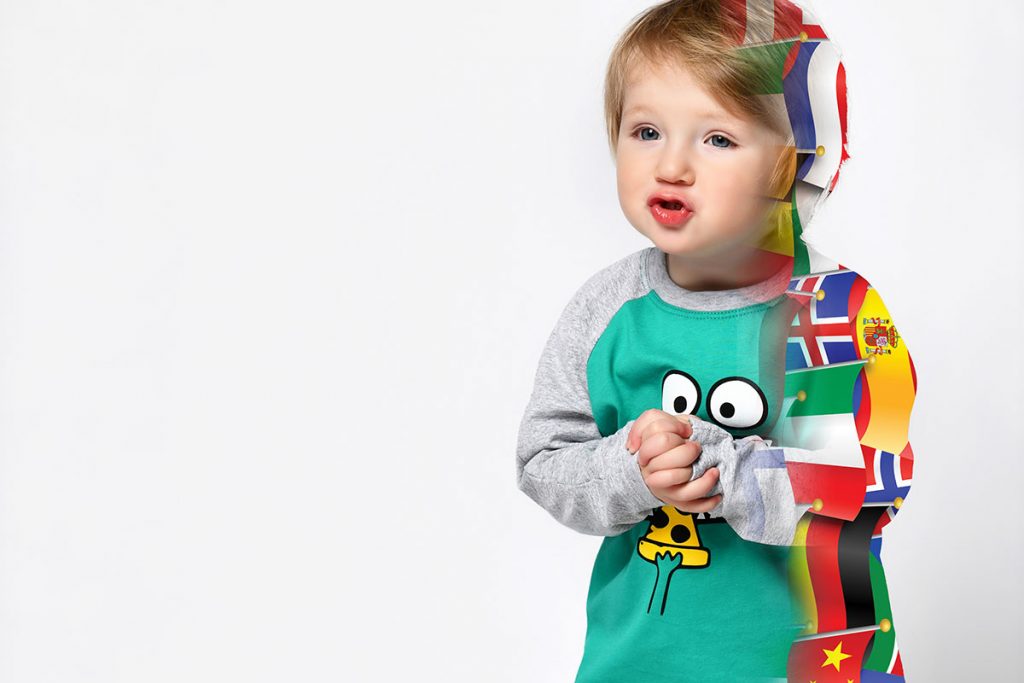Bilingualism can be broken down into two subcategories – balanced bilingualism (complete fluency in both languages) and semilingualism – some deficiencies across both languages.
Some parents are hesitant on teaching their child a second language due to a number of factors – including the way our society lays preference on English, and unfounded concerns that speaking two languages will confuse their little ones, when in fact it’s inherently natural to have a dominant language.
However, the Founder of the Centre of Italian Studies (CIS), Elio Guarnuccio, believes that teaching kids another language at a young age is actually one of the best gifts a parent can give their child.
He believes that exposing children to different languages at an early age not only connects them to different cultures, but also can help them to understand that everyone has their own unique identities, stories and appearances – something that can help form acceptance and tolerance at a young age, which is extremely important for children growing up in multicultural societies.
The simultaneous learning of two languages is generally impacted by the following key factors:
- Parents being multilingual, and the spoken language at home being different to the external milieu (prominent in the case of immigrants)
- Parental application and use of language (i.e. communal language to be spoken by two parents who may have various native tongues or backgrounds)
- Languages spoken with other family members (i.e. local language amongst siblings vs native tongue with parents and grandparents who don’t speak the localised language as a first tongue)
- Language used in the community/social spheres.
In contrast, successive skills happen when there is an established language learnt before learning a second language – i.e. – in preschool onwards. This sequential process is generally after the age of three, which is why it is said it is easiest to adopt bilinguality before the age of three.
Elio, who is an innovator in creative immersive language programs to support different learning styles, advocates strongly for both approaches, but has some clear expectations when it comes to integrating a multilingual household.
These include:
- Natural acceptance of a dominant language with each authoritative figure (for example- Italian with Dad and Nonno, English with Mum and siblings)
- A dominant language spoken at home with both parents, even if it differs to that at school, and insistence that despite the fact it can take some getting used to and persistence, this pays off in the long run.
- Contextual application of second languages – i.e., English spoken at home, but foods are discussed in both languages – i.e., Italian and English.
- Incidental exposure to two languages – for example – music in Italian
“We often hear concerns about developmental speech delays in children, and whilst it may be that complete fluency can take a little longer, these delays are only temporary. Remember that most bilingual kids can speak their first words by the time they are one year old, and by the age of two they can use double-word phrases, and whilst they might mix grammatical rules, or use words from both languages in a sentence, it’s only temporary, and normal in the pursuit of bilinguality.”
“At CIS, we have seen an increase of interest from parents who were not raised as bilingual,butwant their culture to be closely connected with their children, or future children, and so they are returning to roots, and learning a language so they can raise bilingual kids. We are also seeing parents returning to classes in order to help their children with homework, especially so in the case of communities that are unified through language or heritage (i.e. Reservoir in Melbourne, where a diasporic community of Italians are now third generation) will go to a local school where Italian is taught and parents who were not brought up as bilingual, or have disconnected from applications of language want to learn to inspire an easier quest for fluency in their own children,” he said.
Elio’s top tips for raising bilingual children:
- Play games with your children in both languages to make learning fun and engaging.
- Encourage your extended family to speak their language with your child.
- Enrol them into a language school early on. The Centre of Italian Studies has classes for children aged 6-months to 15-years-old.
- Find a community of other families who are bilingual and regularly connect with them via play dates or social media.
- Dedicate time to speaking both languages equally at home.
- Weave films, books, and music in your native tongue to their everyday lives.
About the Centre of Italian Studies
CIS (Centre of Italian Studies) is the largest Italian school outside Italy. Established in 1979, CIS has been committed to providing students of all ages with quality Italian language and culture courses. Since 2020 it has offered online courses, special classes, and events to students from all over Australia, America and Europe and provided the best teachers with a timetable of over 70 classes a week. Sign up for an Italian Class at CIS and soak up Italian art, tradition, and history through one of the most charming languages!
For more information visit: www.italianstudies.com.au


